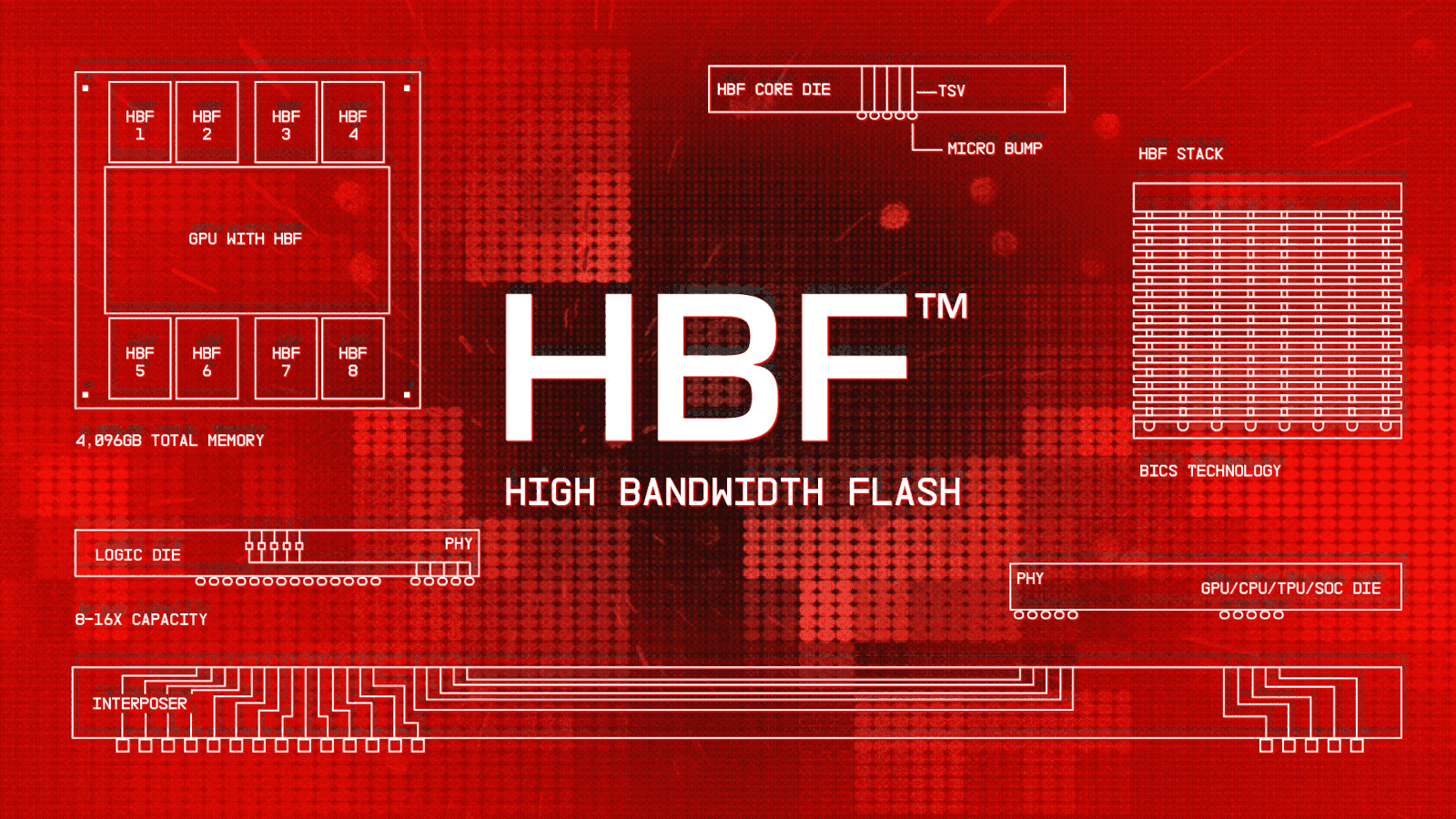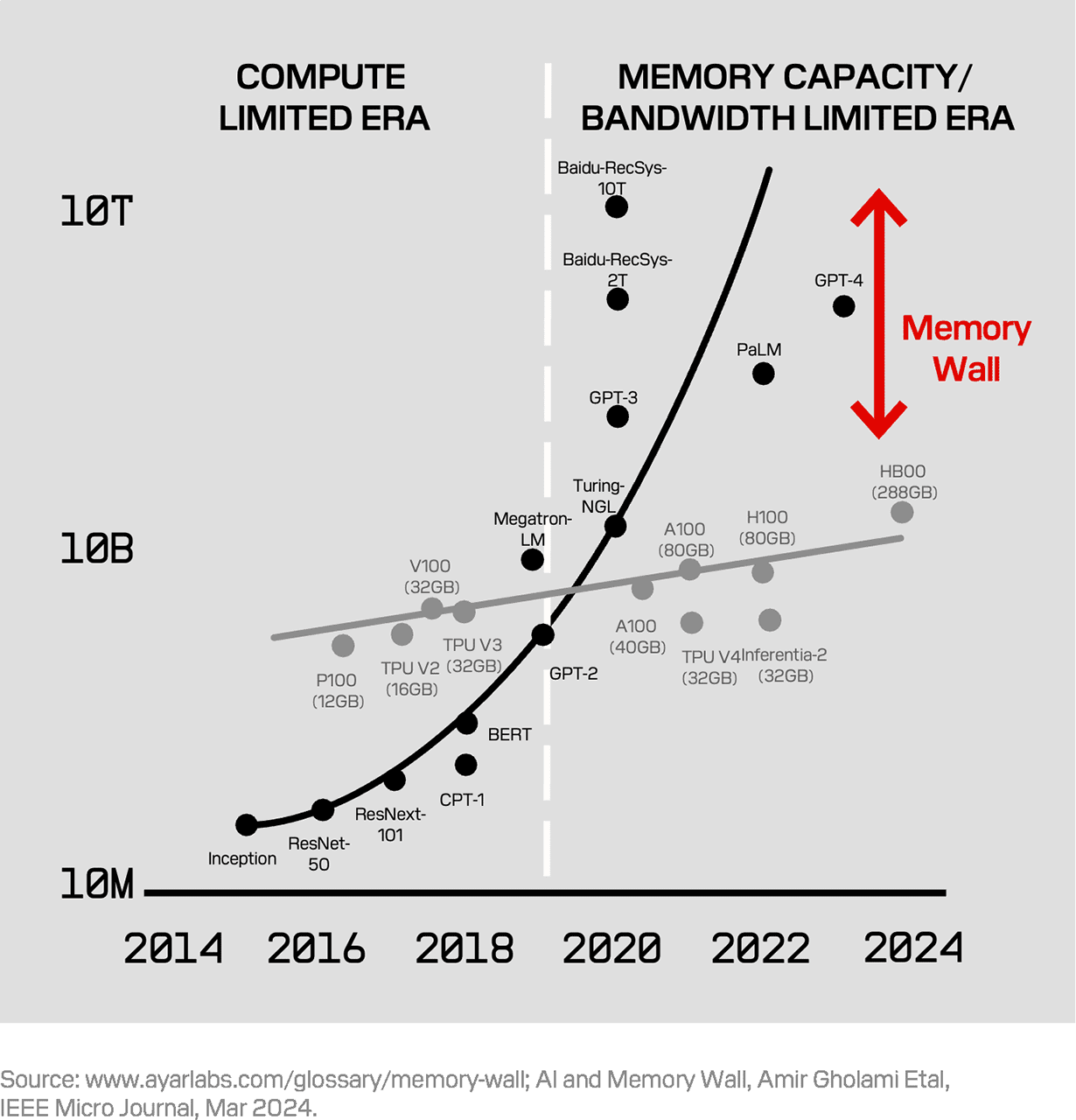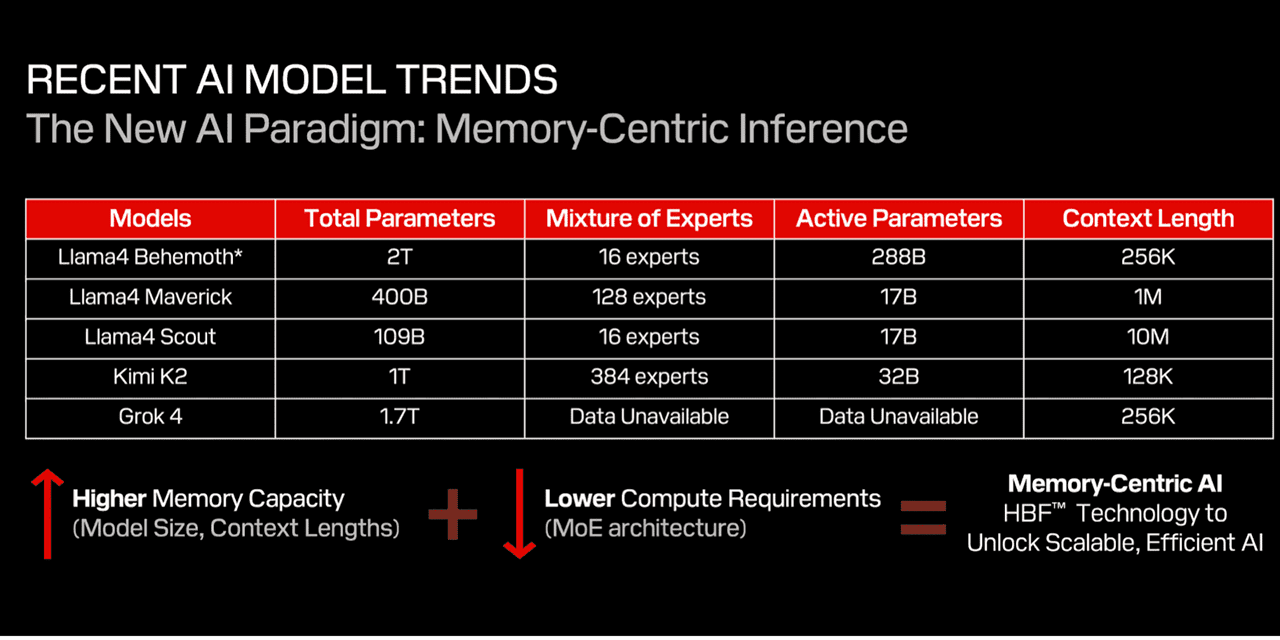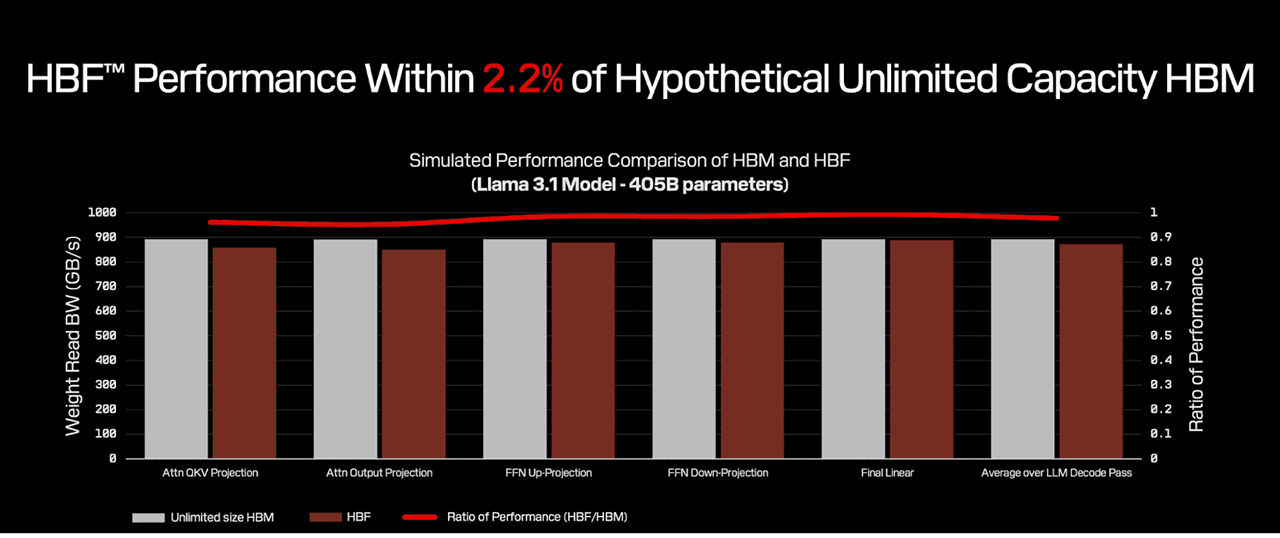Finding allies
In equal measure to skeptics of HBF, Sandisk has found collaborative partners and innovators who are eager to build on HBF, eager to apply their expertise and bring innovative ideas.
One such example comes from Professor Joungho Kim at the Korea Advanced Institute of Science and Technology (KAIST). Professor Kim’s group proposed an architecture where 100GB of HBM could act as a caching layer in front of 1TB of HBF, which would deliver all the advantages of HBF without the performance degradation. KAIST calls Professor Kim the ‘father of HBM,’ and we were delighted to see the professor and his team adopt HBF as a great innovation platform.
During the Sandisk investor day event in February, we announced that Sandisk would form a Technical Advisory Board for HBF.
We are pleased and excited to announce two members of the HBF Technical Advisory Board: Professor David Patterson, Pardee Professor of Computer Science, Emeritus at the University of California at Berkeley, and a Google distinguished engineer—and Raja Koduri, Founder and CEO of Oxmiq Labs, and a computer engineer and business executive known for his leadership in graphics architecture.
We are deeply honored to have both Professor Patterson and Raja Koduri guide us in the development of HBF and building an ecosystem around it.
In addition to the advisory board, we also announced that we would create a standards-based ecosystem around HBF. Any breakthrough technology needs infrastructure, alignment, and a foundation on which others can build and innovate.
Sandisk is pleased to announce a collaboration with SK hynix to define a comprehensive industry standard around HBF. To commemorate the signing of our Memorandum of Understanding with SK hynix, I was joined on stage at FMS by Dr. Woopyo Jeong, Executive Vice President and Head of NAND Development at SK hynix.
As many already know, SK hynix was instrumental in driving the adoption of HBM to great success within the industry. Together, our companies are aligning to define specs and requirements that will ensure HBF will scale both technically and commercially and exceed our respective customers’ expectations.
The partnership will lay the groundwork for a robust HBF ecosystem, and we cannot wait to get started on this vital work.





